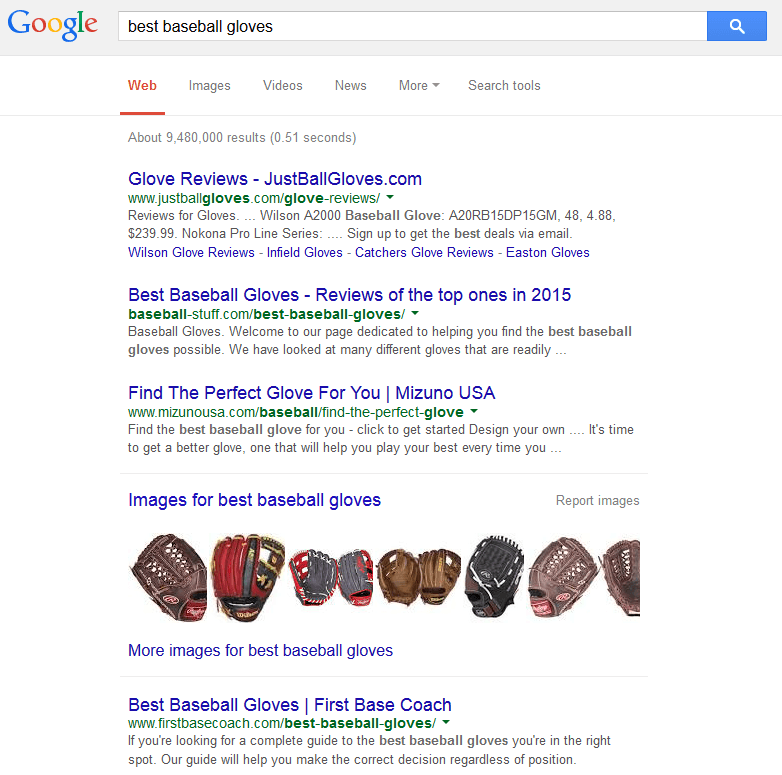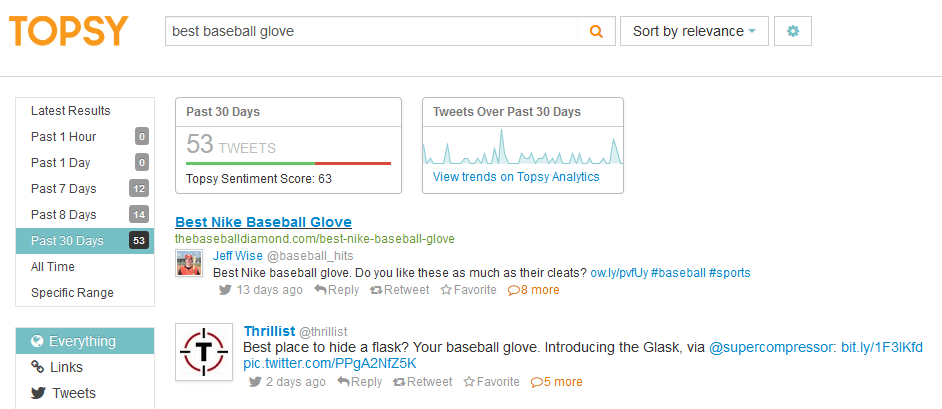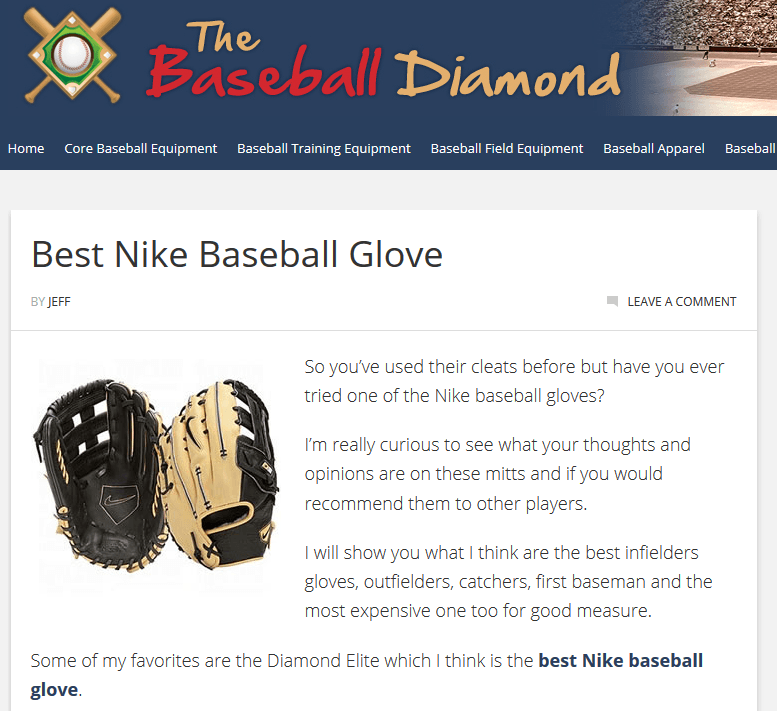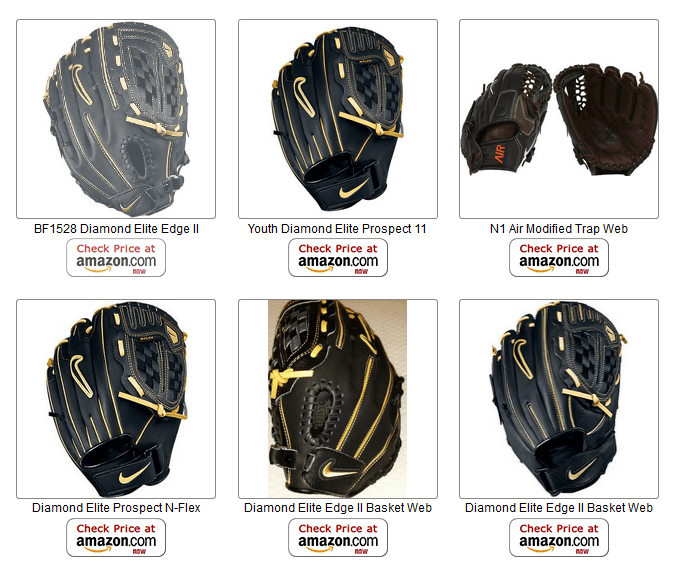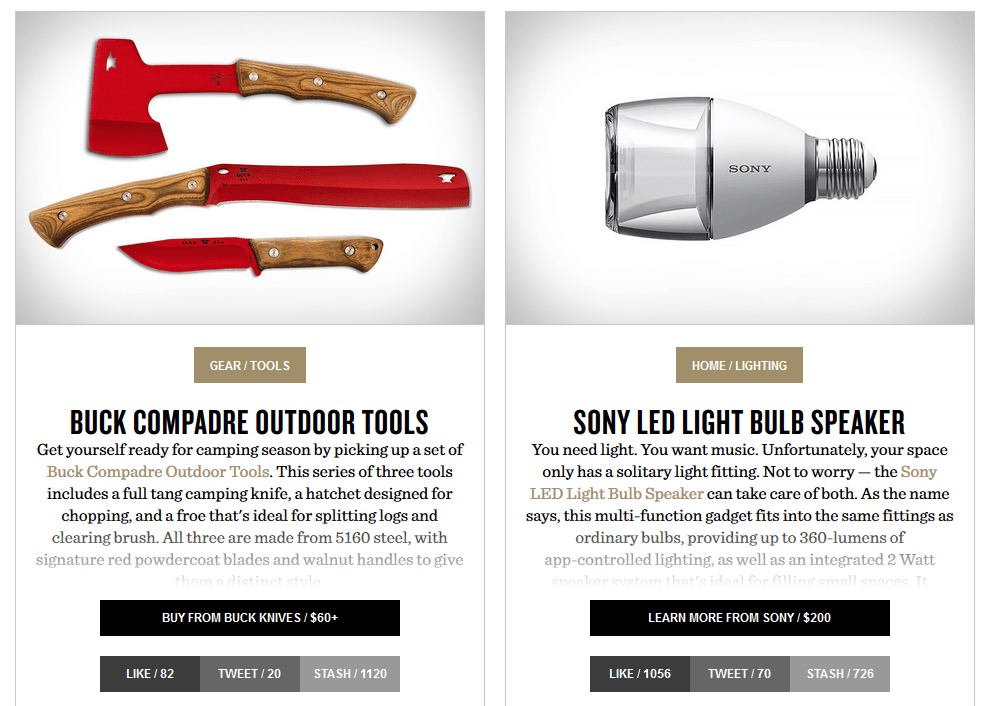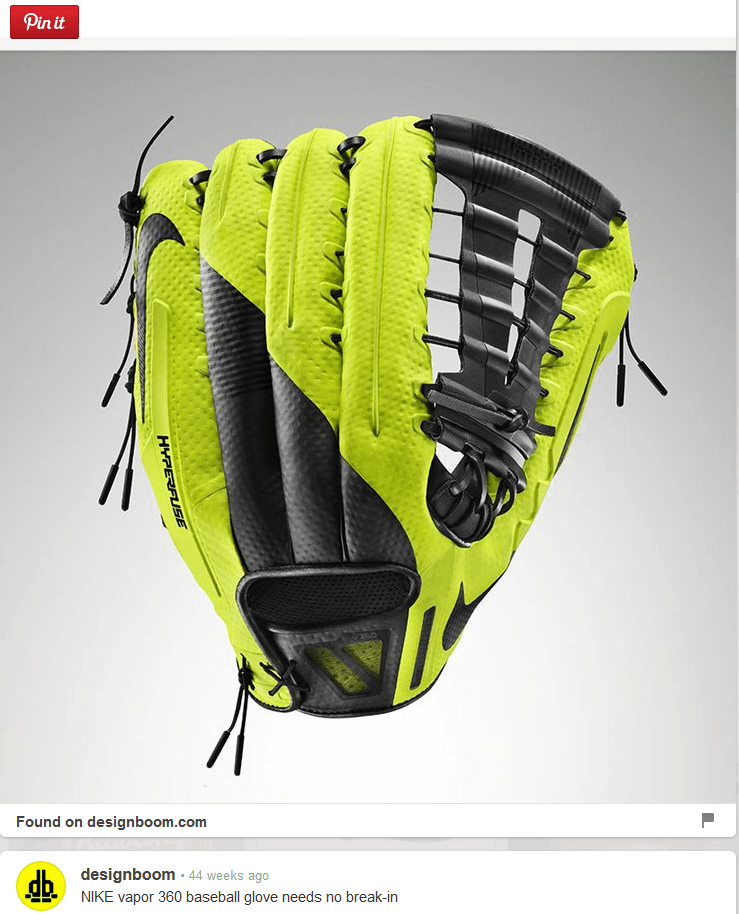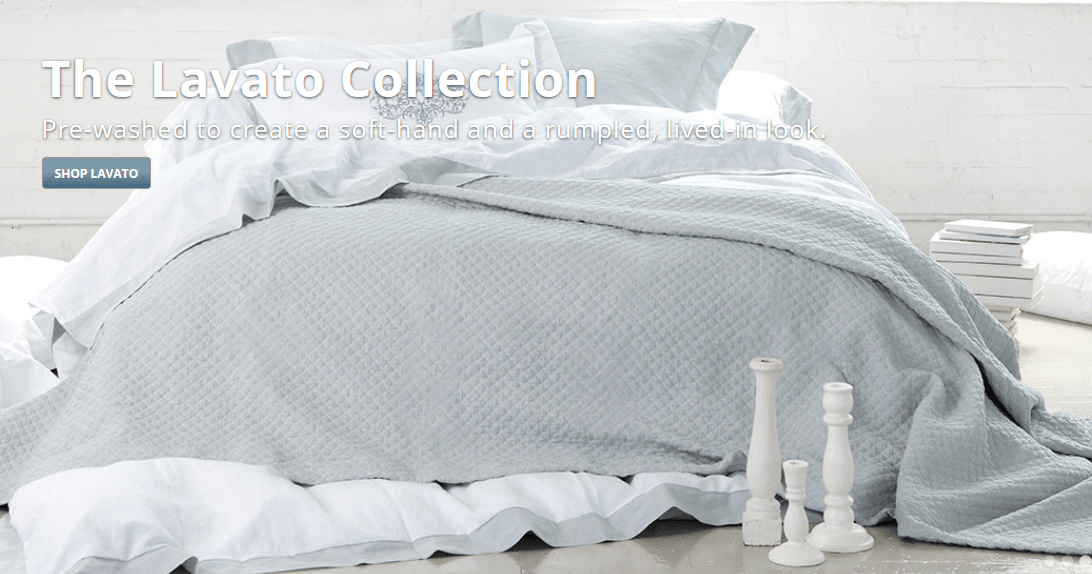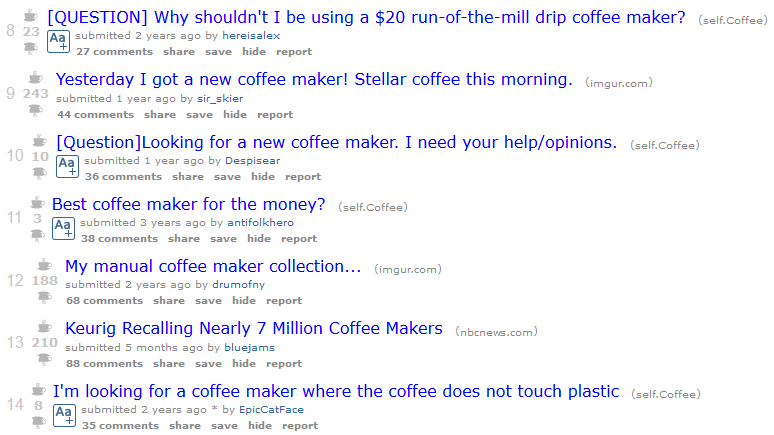At the heart of every eCommerce business are the products it sells
Social media, site optimization, eCommerce ads, and email marketing all form part of the effort every business owner or eCommerce entrepreneur makes to get more potential customers to see their products.
At the end of the day, though, without amazing merchandise, an eCommerce business can only gain a short-term advantage through superior marketing. If you want to build a long-term competitive advantage for your business, you need to focus on your products. This means that not only do your products have to be top-of-the-line, but you also have to continuously update the merchandise you sell and know how to create a new product idea on the fly!
This is easier said than done, I know. But it doesn’t have to be as tricky as it seems.
In this post, I will discuss 10 ways you can find new, converting product ideas for your eCommerce store. They include:
- Mine your old ideas for new product gems
- Have an old-fashioned brainstorming session
- Think add-ons
- Look at real-life examples
- Follow industry influencers
- Follow customer trends
- Dive into social media
- Hit the marketplaces
- Spy on your biggest competitors
- Visit Forums
Beginner Tip: If you are starting out, you may want to consider visiting our guide to launching your first online clothing store first.
1. Mine Your Old Ideas for New Product Gems
I’d be willing to bet that over the years, you have thought of thousands of product ideas, but you probably only put a few of them into action.
Well, before looking for a new idea, why don’t you look at your old ideas?
Take a run through any old ideas that you have written down or that you can remember. It’s possible that when you thought of the idea, you nixed it, but now that same idea might not seem so bad. In fact, it might be excellent.
Why?
Because markets and consumer trends change, and so your resources as your brand grows.
You could already have a golden product idea that’s just waiting for the right time or most current hot trend.
2. Have an Old-Fashioned Brainstorming Session
Get into a creative mood, get hyper (I suggest drinking a cup of strong coffee to really get into a super-active mood), sit down with your partner, friend, parent, co-worker, or whoever else you can find, and start shooting off as many ideas as you can.
Just imagine yourself pacing back and forth rapidly, saying any idea that pops into your head, writing down all sorts of stuff on a whiteboard, and building off your partner’s ideas.
I’d be willing to bet that by the end of this session, you’ll have come up with at least 20 new ideas.
Of course, not all your ideas will be good. In fact, most of them probably won’t be. But if even one of those ideas is good, you can consider it a successful session.
Here are some brainstorming tactics from Hubspot to get you started:
- Go for a walk
- Play word association games
- Create a mood board
- Play improv games
- Doodle
3. Think of Add-Ons to Your Best Selling Products
Obviously, all your product ideas and categories are top sellers, but all eCommerce stores have some products that sell better than others.
Take a look at your best-selling products and try to think if you can come up with a product that could act as an add-on to those products. (Tweet this)
For example, if your best-selling product is your “perfectly crafted beer mug,” you could create a complementary product like “the perfectly crafted beer mug storage rack.”
By creating something that compliments and improves your best-selling products, you can try to resell to people who have purchased your product in the past, or upsell to those who are buying it for the first time.
Here are three best-selling and trending product lists you can visit for inspiration:
4. Check Out Your Industry in Real Life
eCommerce is your business, and the internet is your domain, but outside of the internet is the real world, and that is where your customers live.
The next way to come up with new ideas is by going on a reconnaissance mission to see what is going on in the real world. (Tweet this)
Do you sell clothing?
Go out and sit on a bench in the trendiest part of your city. Grab a coffee and keep an eye on what people are wearing. As you sit there, you will definitely see an outfit that catches your (or even better, your target shopper’s) eye.
BAM, there’s your product idea!
You can also browse the local stores to see what’s hot this season. Take what you see, improve it, make it fit your business, and start selling it.
Don’t think that this method only works for clothing. You can do this with beauty supplies by going to salons and department stores, with sporting goods by going to the park and sports supplies stores, and electronics by seeing what students are using on college campuses.
Get creative. Think about where your ideal client or customer is and where they shop. Go to these places and scout them out. This is a great way to see current hot trends in action.
5. Follow Industry Influencers
Every industry has influencers, and I’d be willing to bet you know who the influencers in your industry are.
An influencer can be anyone from an independent blogger to a major industry player that can help you stay on top of the current trends your target market is interested in. The easiest place to start your influencer search is by searching Instagram sponsored posts – now known as paid partnerships and YouTube. (Don’t forget to also take a look at trending YouTube ads and content.)
If you don’t know who the influencers in your field are, or you are looking for new ones off Instagram, here are two great ways to find them:
Bonus Content: Definitive Guide to Driving Sales with Instagram Marketing
1. Do a Simple Google Search
If you looking for influencers, start with a simple Google search to find blog content. Here’s an example.
If you sell baseball gloves, search online for “best baseball gloves.” Check out the pages and see if any of them point to popper posts or review sites, that you can then investigate for influencers and popular sites.
2. Mine Trending Online Content
Use Topsy to find the most popular content in your field. Topsy aggregates all the most-shared content on the web and lets you search through it according to keywords.
So you could, for example, search “best baseball gloves” and see a list of results like this:
I clicked on the first link and found my way to this site:
The idea here is to find your influencers, look at what they are writing about and at the comments on their posts, see what trends they think are emerging, and use it to see if you can come up with any cool ideas. (Tweet This)
For example, these gloves are listed as the “best infielder gloves,” so I might consider looking at them and trying to figure out how I could imitate or improve upon them.
Bonus Content: How to Find the Best Influencers for Your eCommerce Brand
6. Follow Consumer Trends
Everyone wants to identify a new product trend before it really becomes “the next big thing.” There are all sorts of websites that fully devote themselves to finding upcoming trends.
The first type of site like this is consumer trend publications. These sites do the research and show you what they think will be the next big thing.
One of my favorite sites like this is Trend Hunter. This site lets you search for the latest trend according to industry
You can also check out Springwise.
Another type of trend site to research is product aggregation sites. These sites gather together a curated list of new products you can take a look at. Some even include users to “like” products so you can see which products are the most popular.
The idea is to browse these sites when you’re trying to come up with your next product, to help you find an idea you can build off. Here are some leading aggregation sites to get you started:
Finally, there’s the king of trend sites: Google Trends. This nifty tool from Google enables you to check the relative popularity of search terms over time. This can be really helpful if you want to jump on a trend while it’s still rising.
Example: Let’s say the new thing right now is the “midi skirt”, which you found after doing a bit of research. First, you may notice a few different types of skirts – midi, mini, and maxi – and then decide to see which one is doing best in terms of popularity.
As you can see, the mini skirt has been fairly stable, the maxi skirt has had huge fluctuations, and the midi skirt is in the middle of an incline in popularity.
I bet you see now how Google Trends can really help you find your new product!
7. Dive Into Social Media
There are some really creative people out there.
How does that help you?
Well, creative people tend to post their creations on social media. By just browsing through Pinterest for a few minutes, you can definitely find some inspiration.
How should you go about doing this?
First of all, you should already be following social influencers in your industry (ideally on Pinterest and Instagram). Look through all their uploads to see if you can find anything cool. You will also want to look at growing TikTok brand trends! Here are some top TikTok ads examples to start you off.
Also, be sure to follow these TikTok video best practices to double your chances to boost product sales.
Bonus Content: How to Create High-Performing Video Ads on Every Platform
Next, you should head over to the search function.
You can do a hashtag search on Instagram or a keyword search on Pinterest. You will probably stumble upon a gem like this:
So, get on social media, find inspiration, and create a new product. Done. (Tweet This)
Bonus Content: What is PPC Automation and How PPC Management Software Plays a Vital Role in eCommerce Growth
8. Take a Look at Large Marketplaces (and Some Smaller Ones, Too)
If you’re as talented as I think you are, you can definitely take a look at a product and know that you can do it better!
If that’s the case, you should take your product research over to platforms like eBay, Amazon, and AliExpress.
These massive online marketplaces carry just about every product you can think of, making them the perfect place to find some inspiration.
Just search for your product, or a similar product, add whatever filters you want, and start scrolling!
In addition to these large marketplaces, you can also check out smaller marketplaces like Etsy, Fancy, and Wanelo.
These sites might have fewer results, and sometimes less relevant results, but they will also usually have interesting or unique products that you can’t find in major marketplaces.
If you want to come up with something really new and fresh, these sites may be perfect for you.
9. Check Out What Your Direct Competitors Are Doing
Here’s a quick and easy thing you can do. Head over to your five biggest competitors’ websites and see what they have as their featured product on their homepage.
Let’s say you sell bed sheets, and this is your competitor’s home page:
Next, take a look at the product specs and price. I found that the above sheets are made from “pre-washed linen,” and are supposed to be very soft while looking “lived in.” Cool, so now I know what makes this set of sheets “great.” I also noted that the price is $489.
By looking at what my competitor is featuring, I can see which of their products are successful, and then work to create a similar (or better!) product and offer it at a more competitive rate.
Bonus Content: How to Spy on Competitors? 13 Tools & Hacks
With a bit of SEO work, some pro promotions, social media marketing such as TikTok Ads, and winning PPC campaigns, your product could overtake your competitor’s.
Bonus Content: Leading Marketing Automation Tools for eCommerce
10. Read Some Forums
People love to talk about their experiences and opinions on the internet. Forums and sites like Reddit have really taken off.
Find relevant forums related to your industry on Facebook, Reddit, or any other site, and see what people are saying.
These forums are a great place for you to find what people do or do not like about the available products in the market so you can build your new product idea accordingly.
For example, I searched for coffee makers on Reddit and ended up in the subreddit (as topic forums on Reddit are called) for “Coffee.” Here are some of the questions I saw:
By looking through the answers to these questions, I can find out which coffee makers these consumers like and why, which they don’t like and why, and find out any problems that they have with coffee makers.
Based on that I could design a new coffee maker, create an add-on to a coffee maker that will address a problem, or just figure out which coffee maker would be best to add to my store.
You can really do this with any industry, which makes Reddit and other forum sites very powerful for product research.
Final Thoughts: Getting to Work on Your New Product Ideas!
OK, I did my part. I gave you 10 easy ways to come up with new product ideas.
Now it’s your turn.
Go get to work figuring out what your new product will be. To ensure your new product development process is on point, you should include:
- Idea screening
- Concept development & testing
- Market analysis
- Prototyping
- Market testing
Bonus Content: How to Find Private-Label Manufacturers for Your Products
Once you have the right product idea and develop it, the next crucial step in its sales conversion success is running an optimized product launch campaign and feeding your new products into your Google Ads and PPC strategy. (This goes for digital products, too.)
We’ve got you covered with this as well!
Head over to our eCommerce New Product Launch Strategy [Expert Tips + Examples] post or check out Traffic Booster to automate your new product campaigns.
If any of you awesome eCommerce entrepreneurs have any other methods for pre-product creation research, we’d love it if you shared it with the StoreYa community by commenting below.

Zack is a social media enthusiast who loves all things digital. He is the inbound marketing manager at StoreYa where he spends his days searching for the newest social marketing scoop. If you’d like to chat with him, feel free to connect with him on any social platform.
Recommended articles
 Facebook Ads for eCommerce: 16 Strategies, Examples & Tips
Facebook Ads for eCommerce: 16 Strategies, Examples & Tips
 How to Build a Winning eCommerce Ads Strategy
How to Build a Winning eCommerce Ads Strategy
 Google Ads for eCommerce: Everything You Need to Know
Google Ads for eCommerce: Everything You Need to Know
 10X Your Traffic with PPC Management Software
10X Your Traffic with PPC Management Software
Comments
Powered by Facebook Comments
